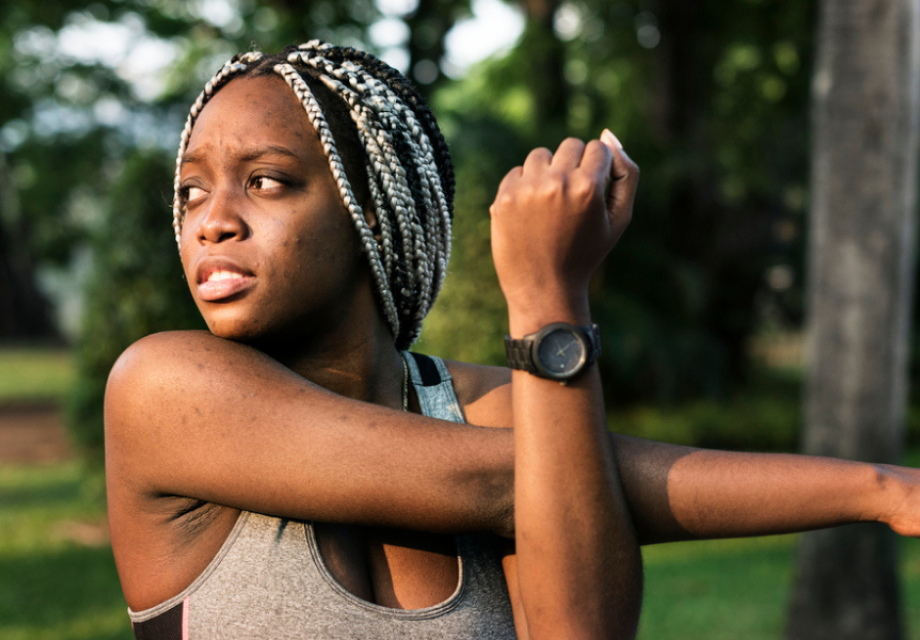What helps – and hinders – people with HIV from being physically active?
Hester Phillips
15 March 2023
Tanzania study suggests that a lack of support from family, friends and healthcare professionals can stop people with HIV from exercising
A study from Tanzania suggests that people with HIV want to be more physically active but often find it challenging due to a lack of support, time and money.
What is the research about?
The research looked at what influences whether people with HIV are physically active. Researchers held focus groups and interviews with 43 people with HIV (ages 23–61) in Mwanza, Tanzania in 2019. All participants had been on HIV treatment for at least a year and were in good health.
Why is this research important?
Exercising, or being physically active in other ways such as through work, improves people’s quality of life and reduces their risk of illness.
It can be particularly important for people with long-term health conditions, such as HIV. But the majority of research on fitness and HIV has been among older people with HIV in high-income countries.
What did they find out?
Most participants knew that being physically active was beneficial to their health. And they felt motivated to be active, both for their health and their appearance. Some said they wanted to look healthy, which they equated with not being identified as having HIV. For example, one 32-year-old woman said: “Even if I am sitting among the people living with HIV, I cannot be recognised [as having HIV]. I do it for my health, I want to stay well.”
Participants said that having family and friends who encouraged them to exercise, and who exercised with them, motivated them to be active.
But some said that family and friends did not support them to be physically active, fearing that it might make their HIV worse. This stopped some participants from exercising. Other barriers were a lack of time, money, exercise facilities and exercise groups.
The lack of public health messages to encourage people with HIV to be physically active was also seen as a barrier. Participants said they rarely discussed fitness with HIV care professionals. Instead, care professionals focused on the importance of healthy eating, good hygiene and staying on HIV treatment.
Gender stereotypes affected how participants saw physical activities. Running and playing football were seen as male physical activities. Household chores were seen as female ones.
What does this mean for HIV services?
It is important to support people with HIV to be physically active.
One way is to encourage people to think about how they can fit physical activities into their daily lives, particularly if a lack of money, time or sports facilities are stopping them from exercising. For example, people could be encouraged to run, walk or cycle to work or school. Or to go for a walk during their spare time instead of doing something inactive, like watching television.
It could also be effective to work with different groups of people with HIV (different ages and genders, for example) to design tailored information campaigns on how exercise is an important part of living well with HIV and different ways to be active.
Ensuring that people with HIV get social support to exercise is also essential. This could be done by setting up peer-led exercise groups, an exercise buddy system or by putting on events, such as a sports tournament or a community gardening day. Friends and family of people with HIV may benefit from the message that it is good for people with HIV to exercise, not harmful to them.
There is also a need to address gender stereotypes to ensure women get the same exercise opportunities as men.
Get our news and blogs by email
Keep up-to-date with all our latest news stories and blogs by signing up to the Be in the KNOW news digest.
